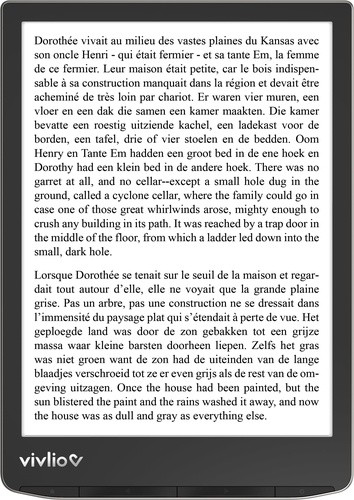En cours de chargement...
Byzantium Rediscovered - Ouvrage en Anglais , édition en langue anglaise
75,00 €
Neuf
Actuellement indisponible
Résumé
For more than a thousand years, until its fall in 1453, the Byzantine Empire, the Christian successor to the Roman Empire in the eastern Mediterranean, stretched across large areas of Europe, North Africa and the Near East. Under successive emperors, the artists, architects and craftsmen of Byzantium (Constantinople, modern Istanbul) worked within a long-established tradition to produce superb buildings and art works of great expressive power. Churches were planned around a central, domed space, and their walls covered in mosaics showing mysterious, stylized figures set against a shimmering gold background. Subsequent centuries tended to view Byzantine art as stagnant and corrupt, and the style was ail but forgotten. From the beginning of the nineteenth century, however, the Eastern city once more began to inspire artists, architects and writers to produce not only palaces and churches, but paintings, jewellery, interiors and art criticism. Ail of these people had different reasons for turning to Byzantium, and Professor Bullen traces their varied and fascinating stories. With his long-standing interest in the interplay between art and cultural history, he has written an original and pioneering account of this influential but little-known movement. The Byzantine Revival of the nineteenth and early twentieth centuries exercised a potent influence across Europe and North America. Although Byzantium had been neglected and vilified for centuries, architects, painters, designers and writers began to look to the Eastern City as a new source of inspiration, free from the assocations of the other, ubiquitous styles of the nineteenth century, the Gothic and the classical. Although the Byzantine style was never widely popular, it was nevertheless important and influential. The legacy of Byzantium was interpreted in many different ways and used to promote different aims. Professor Bullen's original and pioneering interdisciplinary study presents the first coherent account of the varied manifestations of Byzantinism in Germany, Austria, France, Britain and America. The book is richly illustrated not only with original Byzantine models and the works they inspired, but also with reproductions from the finely illustrated publications that played an important role in their own right in promoting Byzantium as an ideal. Covering politics, religion and literature as well as the arts, this is an exemplary study in cultural history, providing real insight into the interplay of ideas and forms.
Caractéristiques
-
Date de parution01/11/2003
-
Editeur
-
ISBN0-7148-3957-4
-
EAN9780714839578
-
PrésentationRelié
-
Nb. de pages230 pages
-
Poids1.835 Kg
-
Dimensions26,0 cm × 30,0 cm × 3,5 cm
Avis libraires et clients
Avis audio
Écoutez ce qu'en disent nos libraires !





